Practical tips
Using Digital Tasks for Action-Oriented Language Learning
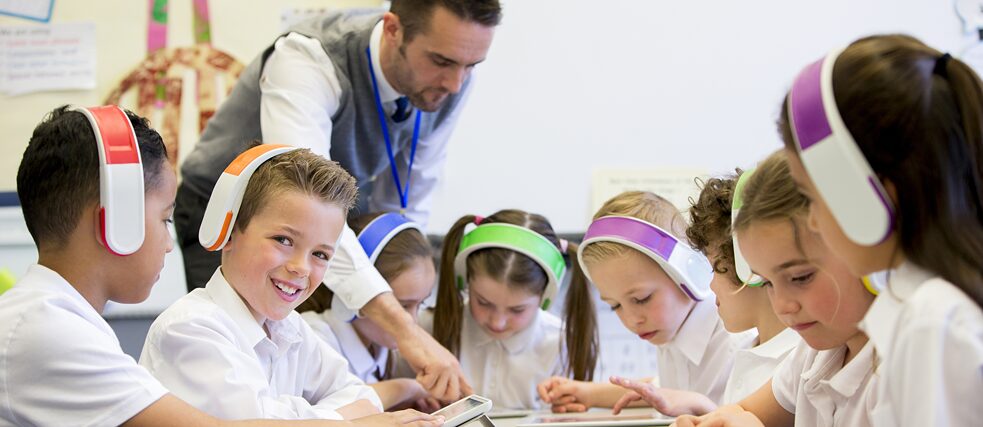
“Too complicated”, “too much lost time” or “I don’t have any control over what my pupils are doing there” – this is how some teachers spontaneously react to the idea of using task-based language learning in a digital context. And rightly so, seeing as they usually require not only language skills, but also social, democratic and digital media skills.
By Ferran Suñer Muñoz
Educational planners have come to recognize the importance of digital learning environments and have added key competences like “digital literacy” and “digital citizenship” to their curricula.
Digital literacy means the ability to use and communicate proficiently with digital media. Being able to read, understand and use digital media critically are essential skills in an age in which technology permeates nearly every aspect of our lives.
Digital Citizenship
“Digital citizenship teaches empathy, privacy protection and security measures to prevent data breaches and identity theft.” It is a key competence for active participation in the digital world and promoting an inclusive, democratic society.
But working on these tasks can soon prove too demanding on learners and teachers alike: How much activity in such complex digital environments can I assign without losing control – and without running over time.
A useful source of digital action-oriented tasks
These questions have been taken up by a team of specialists in foreign language teaching at Lingu@num, a European strategic partnership for digital education that forms part of the Erasmus+ programme. Co-funded by the European Commission and recently awarded the Erasmus+ “Good Practice” label, Lingu@num has put together a catalogue of action-based tasks as well as a guide to provide information and tips for language teachers. Before delving into the catalogue itself, let’s start with an overview of the different types of tasks involved.The project distinguishes between so-called rehearsal tasks or “social tasks” and real-world tasks. These task types involve qualitatively different social interactions, hence different degrees of action orientation.
Here are some examples of the three task types:
Rehearsal task: Imagine you want to write an international cook book. Pick a typical dish from your country and write down the recipe in German
Socio-interactional tasks: Are you ever at a loss for ideas when trying to decide what to cook? Pick a simple typical dish from your country and write down the recipe in German for a cookbook to be shared with the whole class.
Real-world tasks: Pick a simple typical dish from your country and write down the recipe in German to share with the cooking forum on the website Chefkoch.
Source: www.linguanum.eu
While rehearsal tasks clearly have specific addressees, the social interactions involved are simulated. Social and real-world tasks, on the other hand, involve real social interactions. For the purposes of rehearsal tasks, your classmates form the target group, whereas social and real-world tasks target real-world addressees outside the classroom setting.
Since language acquisition is most effective when the subject matter relates to concrete real-world situations (Roche et al. 2012, p. 32), it makes sense to prioritize application to real digital settings. The Lingu@num catalogue provides a wide range of tasks to choose from for language proficiency levels A1 to B2 (see Fig. 1).
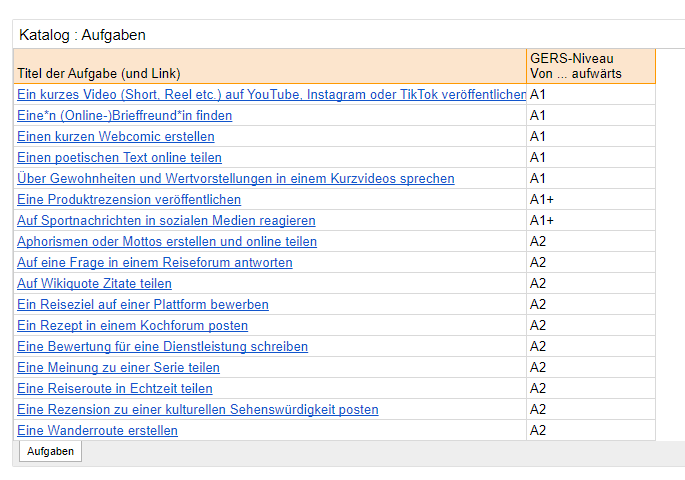
Fig. 1 Tasks broken down by language level | Source: www.linguanum.eu
What’s more, the suggestions are specifically designed to promote “digital literacy” and “digital citizenship”, with a dedicated section on how to integrate these two competences into the task. For the task “Promote a travel destination on a platform”, for example, language learners are asked not only to handle the registration process, but also to combine pictures and text effectively, to use language that is suited to the platform and even to take responsibility for the accuracy of the information they provide.
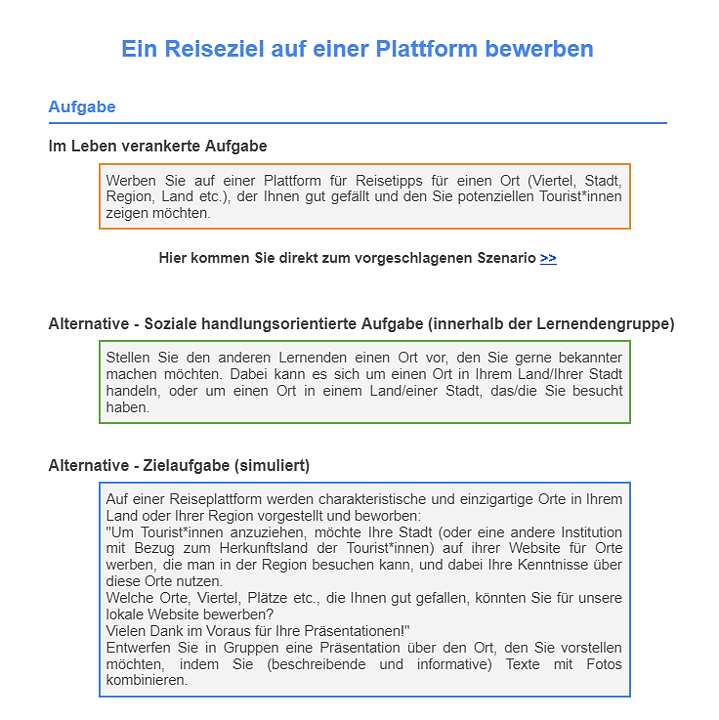
Fig. 2: Suggested ways of going about the task “Promote a travel destination on a platform”. | Quelle: www.linguanum.eu
Self-study module for teachers
There are two additional ways for teachers to broaden and deepen their own knowledge:One can learn about and delve into related basic concepts and approaches, such as “digital literacy” and the socio-interactional approach, through interactive exercises in a self-study module. Alternatively, you can slip into the role of developers and learn more about creating and implementing new tasks.
There’s also a guide explaining the benefits of language learning on participatory websites in terms of acquiring “digital literacy” and “digital citizenship”. For language teachers working in various educational contexts and with various backgrounds, the Lingu@num website provides a wide range of ideas on how to work digital activities into your coursework.
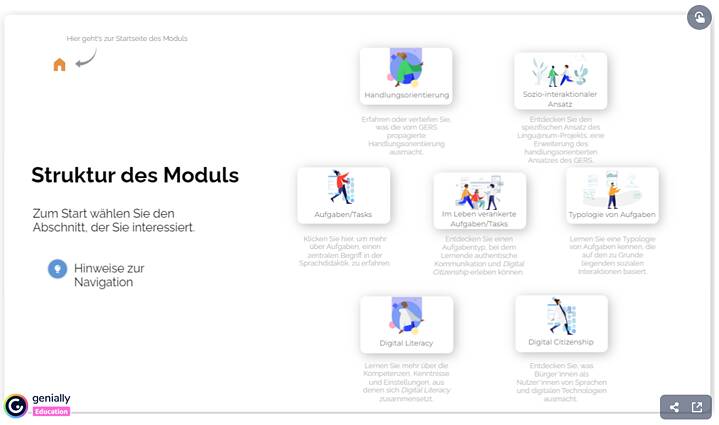
Fig. 3: Suggested approaches to the task “Promote a travel destination on a platform”. | Source: www.linguanum.eu
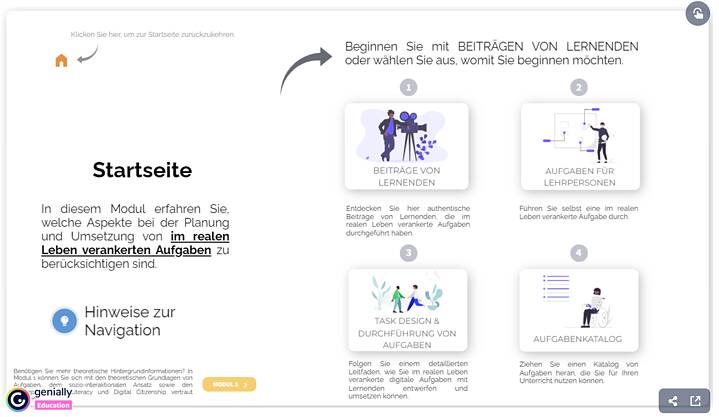
Fig. 4: Lingu@num project home page | Quelle: www.linguanum.eu
Roche, J.; Reher, J. & Simic, M. (2012), Focus on Handlung. Münster: Lit.